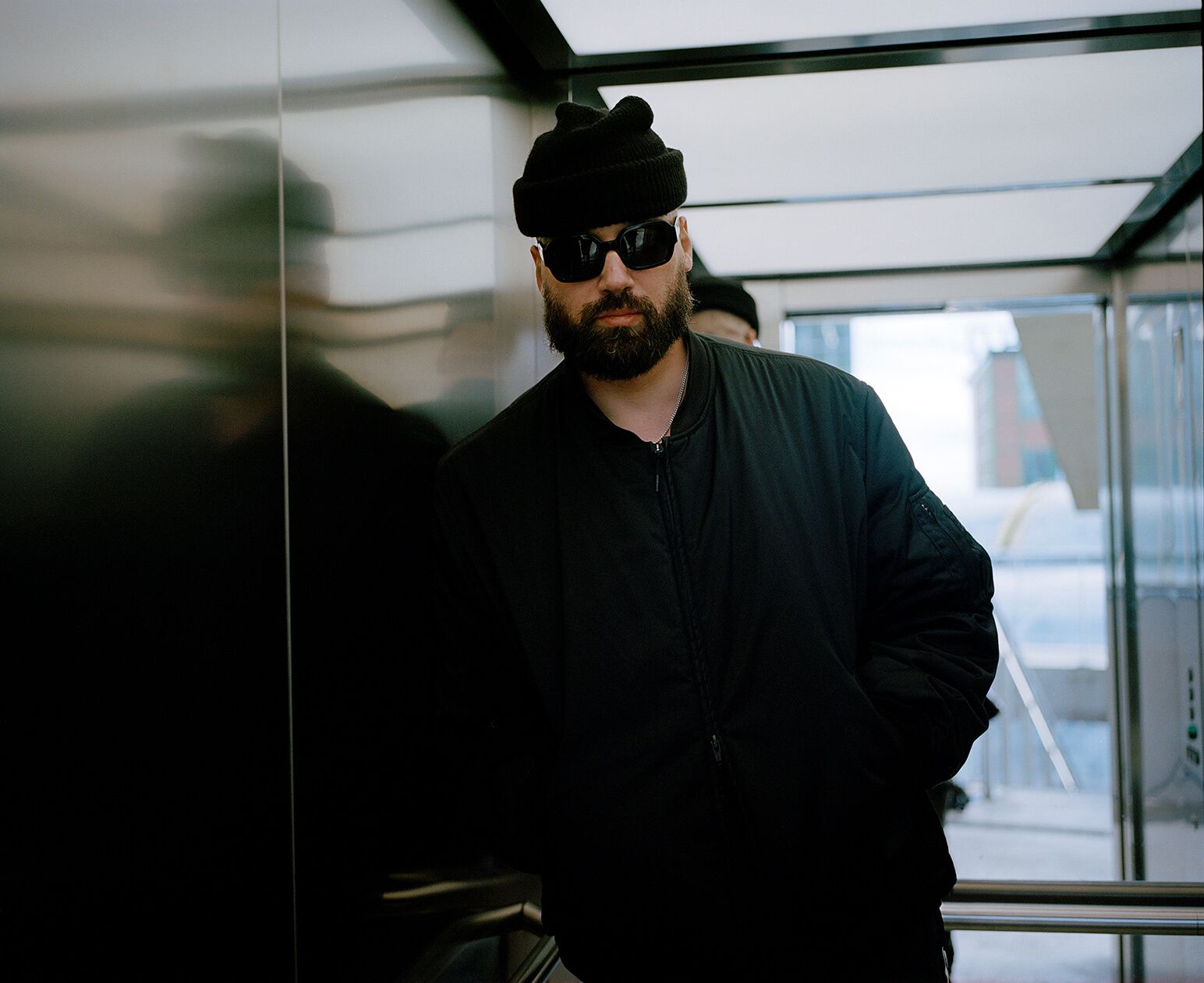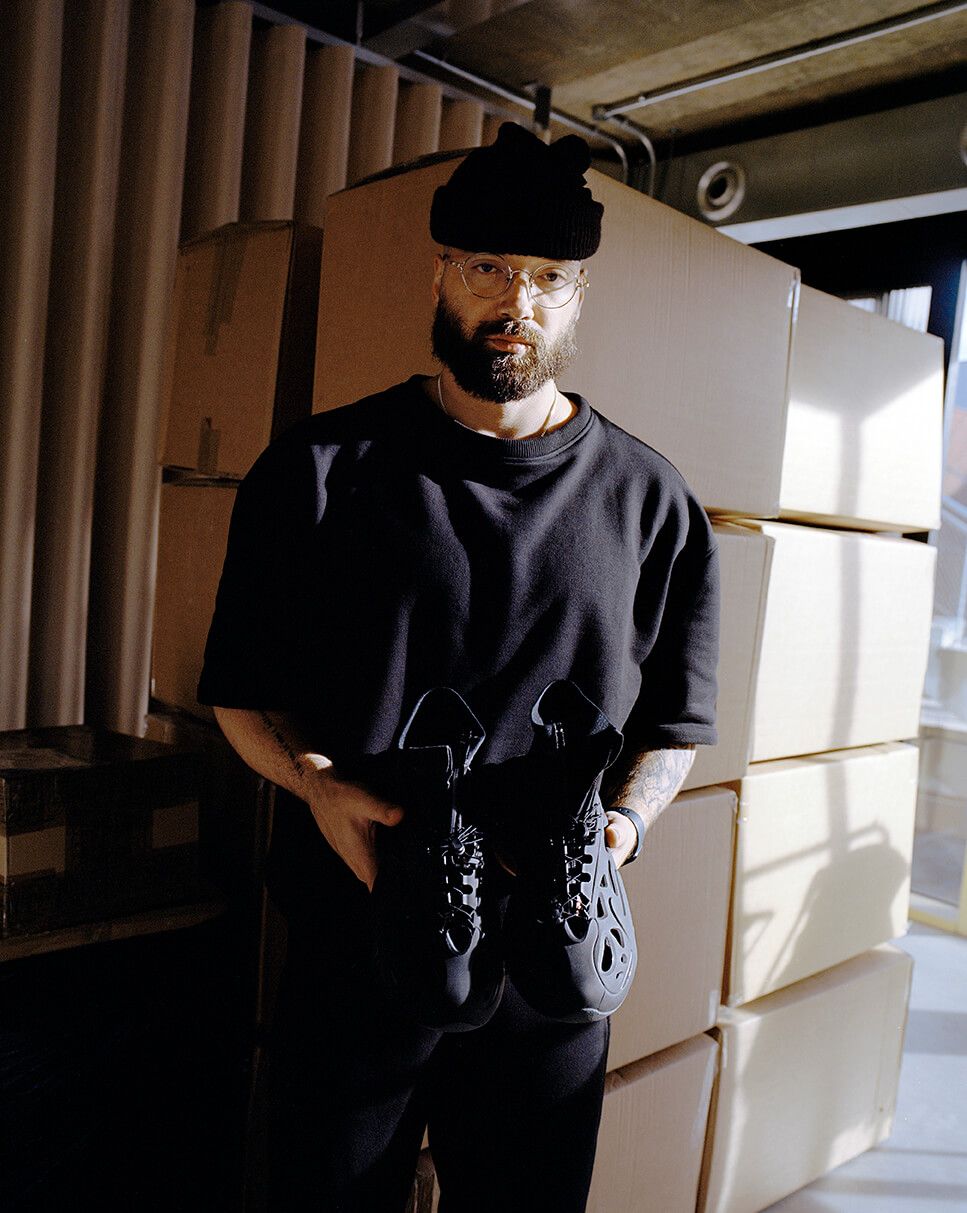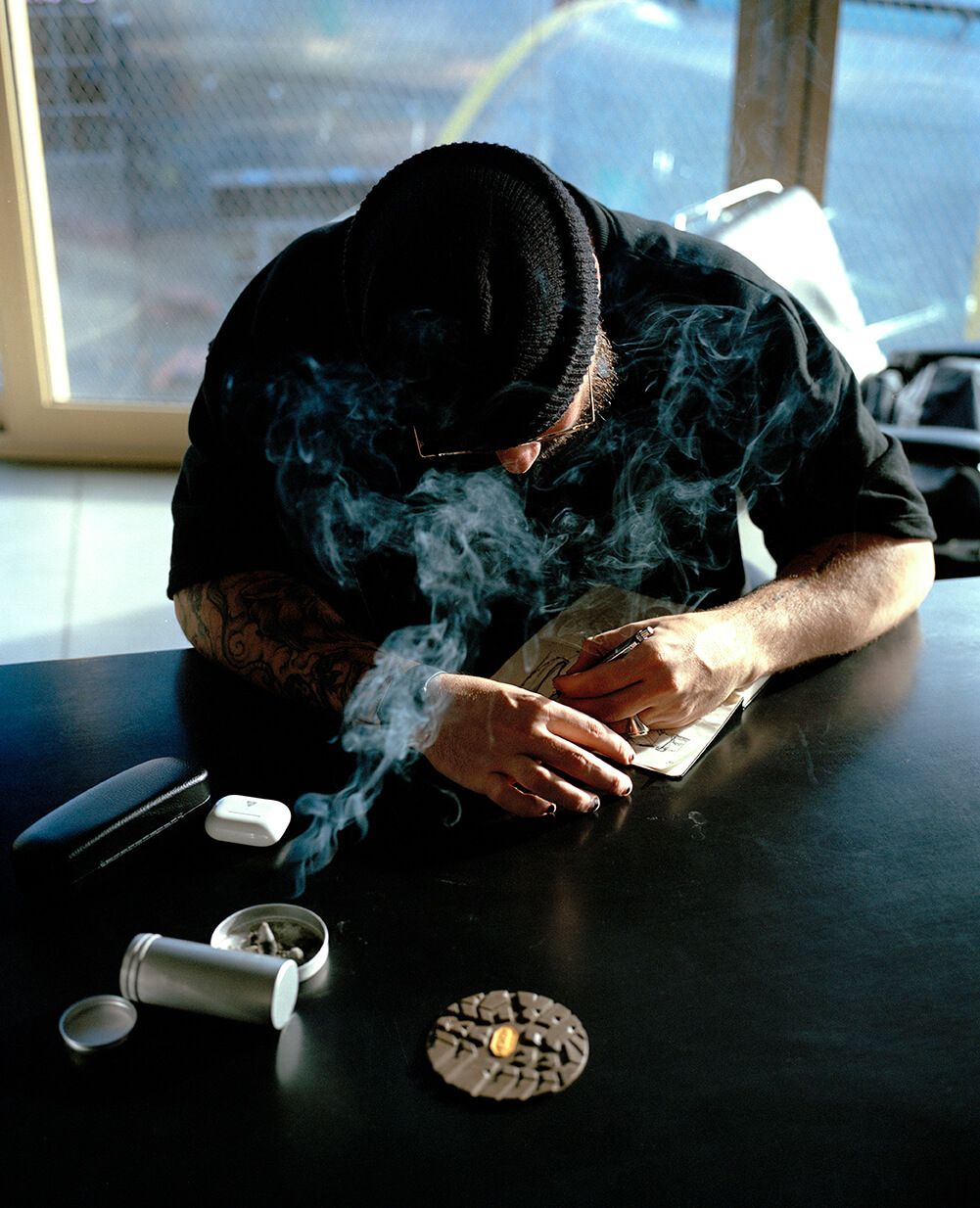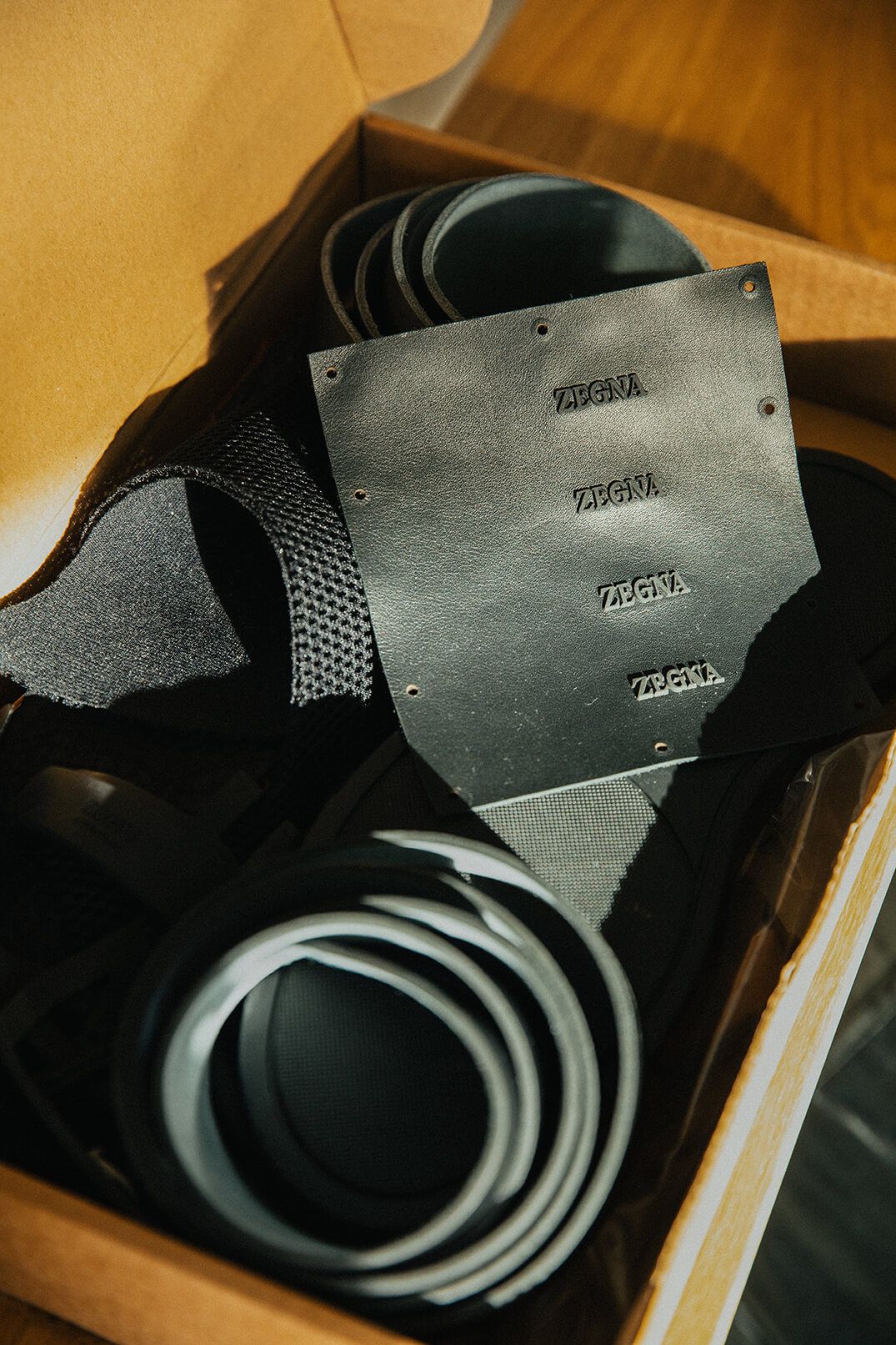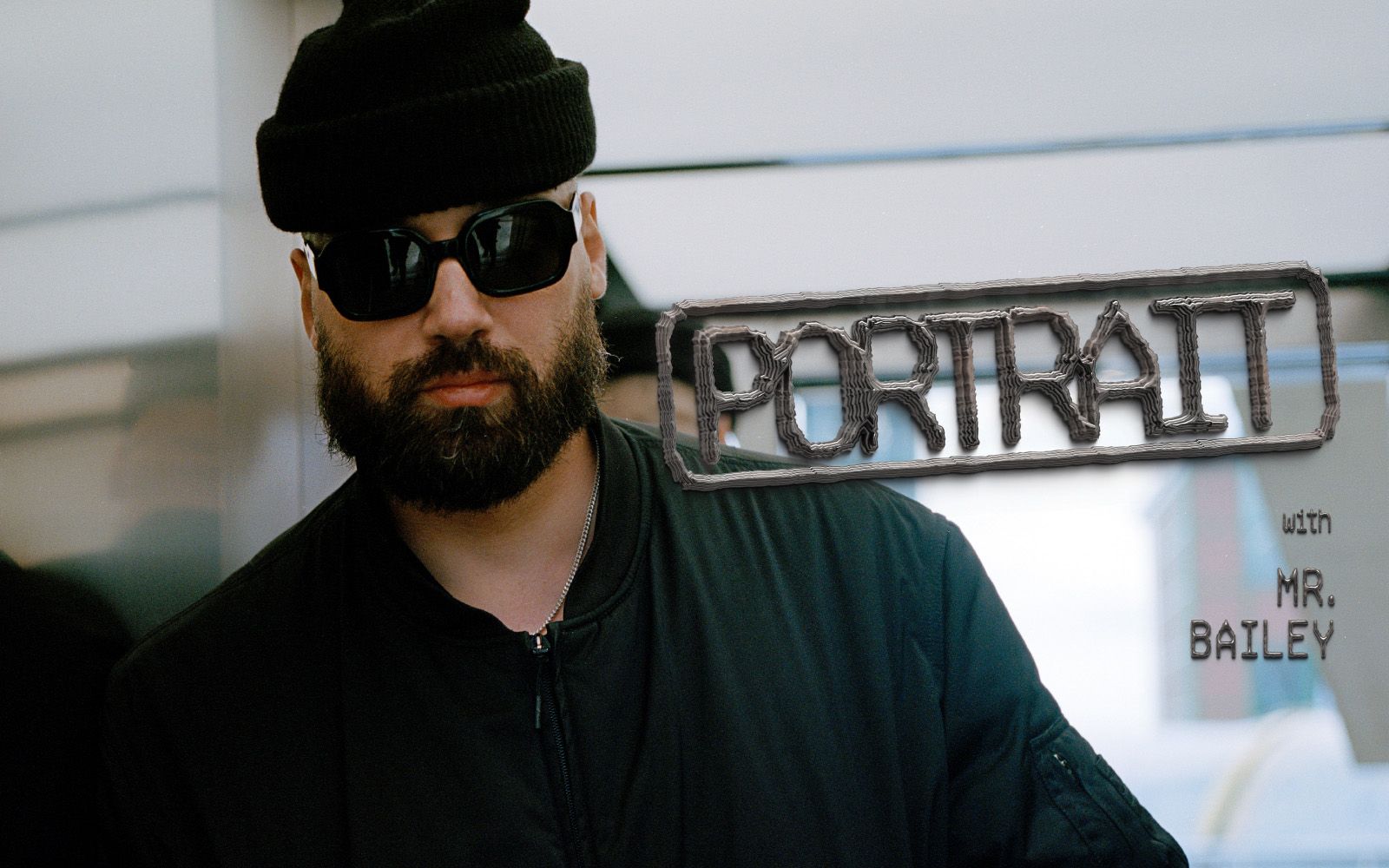
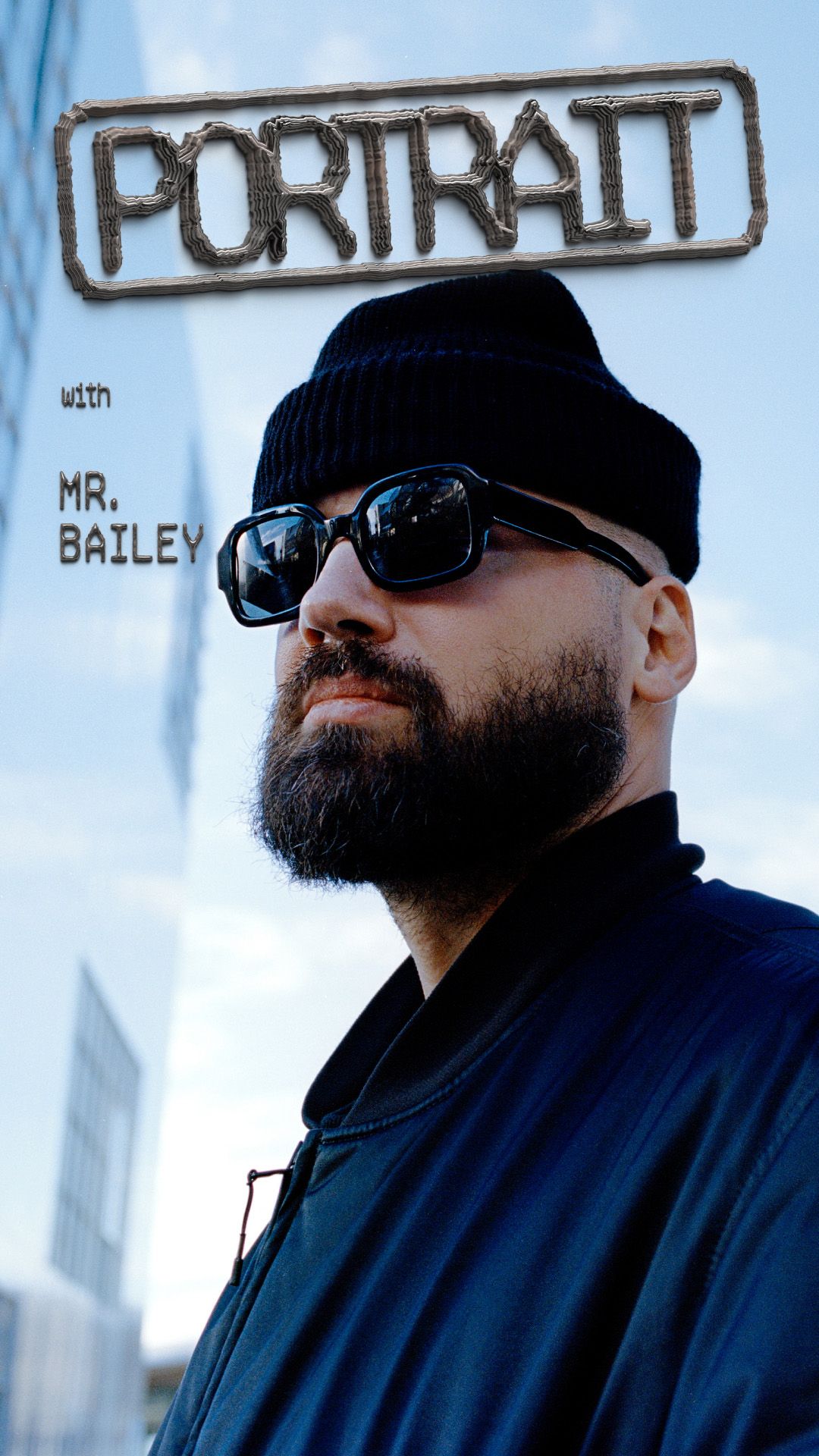


«Innovation in its definition is two existing ideas merging to become a third, new idea», explains Daniel Bailey, also known as MRBAILEY, in his London studio, talking about his personal design philosophy. «I come from a product design background, I’m a fan of the traditional ethos of form follows function. Not always the case in footwear due to incremental innovation and more storytelling, but I like product that has a real purpose, whether it’s to showcase two different ideologies coming together and being a thought-provoking piece or solving a problem». MRBAILEY and his independent studio Conceptkicks have become famous in recent years precisely because of their particular approach to design, where aesthetics are not exhausted in tinsel or ornamentation for its own sake, but neither are they reduced to dry, pure functionality. Throughout our conversation, MRBAILEY continues to use the lexicon of mixing and fusion, a kind of syncretism and hybridisation that has led him, for example, to mix Zegna's luxury materials with the Japanese technique of yakisugi; or ammonite fossils and octopus tentacles with adidas trainers, Takashi Murakami's The Simple Things and the sock shoe trend. The list could go on, but the success of MRBAILEY and Conceptkicks is not only due to his own wildly conceptual footwear, but also to the business of ghost designing, i.e. anonymously designing new sneakers on behalf of other brands whose names we may never know, that has been secretly pushing the designer's conceived language to the public for a few years now. «It’s sometimes nice to be the guys in the background without getting the credit for it», Bailey explains.
But where did this love for sneakers come from that led to the creation of a design studio, a brand and an online community that has attracted the attention of the whole industry? From a place and a person. The place is the basketball court, a discipline Bailey was unable to pursue due to «a knee injury» but which has remained at the centre of his passions and also sparked his passion for sneakers. Instead, the person is the designer's aunt, «who studied architecture and had me drawing and sketching since I was a kid.» The knee injury «made me realize it may not be the path for me, but basketball and sneakers are so closely tied that I ended up focusing more on product design and made footwear.» There has certainly been no shortage of support and comrades-in-arms on this journey: from his parents, «who have always supported me», to his friends Luke and Omar. Luke is a long-time friend and playmate on the court who «studied business and finance, so he had that entrepreneurial edge that allowed us to work on projects together and pushed me to think of a different perspective.» Omar, on the other hand, is Omar Bailey, a «my mentor and brother from another mother», a shoe designer he met at a conference who showed him the possibilities of an independent design career. « Independent designers can make some pretty sick shit too; you don’t need a brand contract! [...] Also, the fact that a no-logo shoe sold for 17k really showed me what we as independent designers could do. »


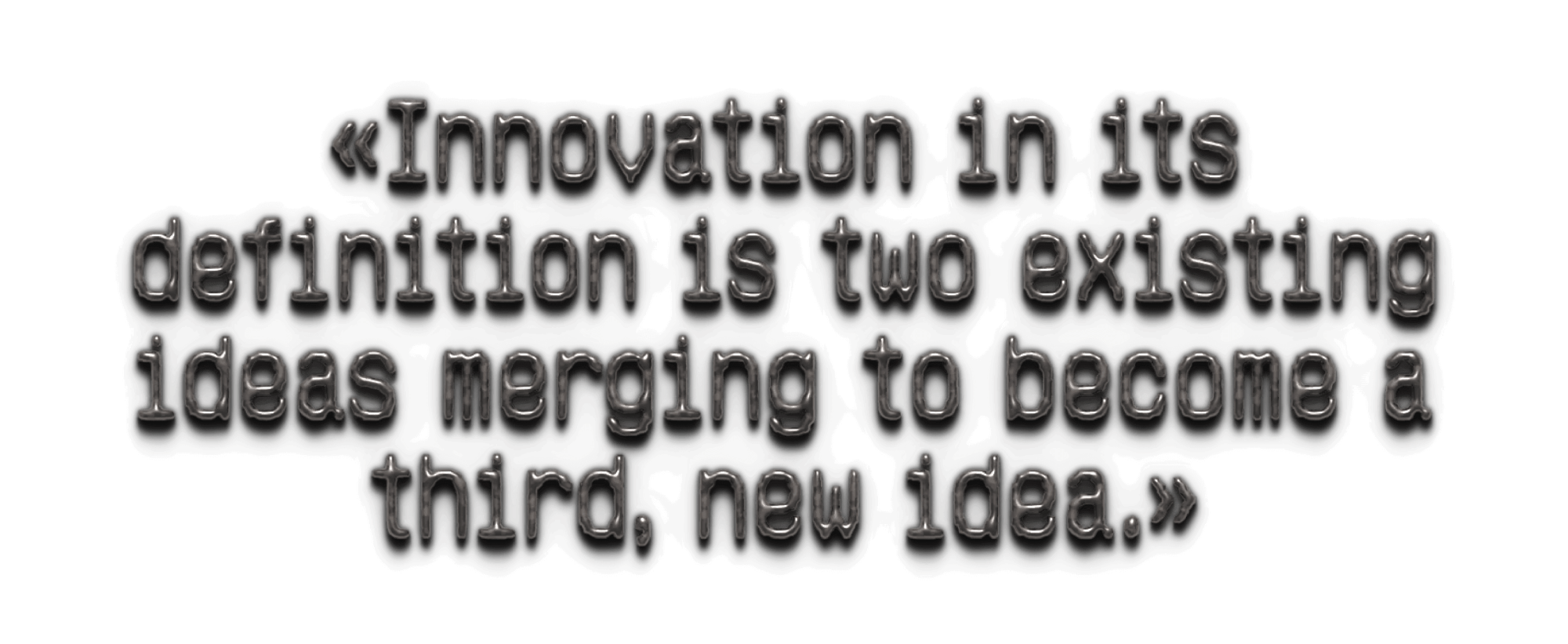
However, his own methodology has also contributed to his success, stemming from his «appreciation of more technical ways of making things» and leading him to be very practical in his own work. «The reason I have been able to stay in this industry for so long», he explains, «is my ability to be present at every stage of the process.» Another important feature of Bailey's work process is his belief that «innovation is everywhere, and if you wanted to, you could bring innovation into the supply chain. [...] Even packaging can bring innovation to logistics.» Alongside this rationalism, however, there is also a purely creative aspect: that of inspiration. Between shoes inspired by marine fauna and Zegna's Triple Stitch, where suede is reminiscent of burnt wood, technical achievements and a fascination with the shapes and textures of organic matter coexist in Bailey's mind. «I like looking to the natural world for inspiration. Sometimes the hardest thing to do is a completely free, cloudless blue-sky thinking, no reference point to start off. So, the jumping off point for me is the natural world and its history, looking for incredible patterns or tendencies of animals/insects». The final element of the triptych is the alignment with the sphere of contemporary culture, which has opened channels of dialogue with the institutional fashion industry: «fashion houses are understanding the benefit of having someone like me or my peers come in and offer a fresh perspective. It could be the product, or how the pants hang on the shoe, there’s many things you can only get if you either work in the factory and know how everything works or just being in the culture.»
The success MRBAILEY has enjoyed is also the result of perfect cultural timing. When he was still growing up and maturing, footwear was divided into two macros, performance footwear and fashion footwear. As the designer began his career, the two worlds started to interpenetrate: «Performance shoes were designed in a technical way, while fashion shoes were more about proportions, materials, colours and the aesthetics as a whole. But now we see a mix of both, and we try to be the interpreters in the dialogue between these two worlds.» Now that his studio is up and running, his community strong and his platform broad enough, a whole range of opportunities are opening up for Bailey: from Conceptkicks, which is gaining the power and resonance to shine a real spotlight on the industry's underrated talent, to the design studio proper, which keeps the team in touch with international institutions that continue to expand its creative horizons through collaborations and various synergies. « I would love to plan to release my own brand next year, but I really just want to keep being challenged and learning. As you go and learn more, you realize how little you actually know». It's an attitude that needs to be put into the context of the design studio Bailey runs, where «we’re a product of our perspectives, so in that sense we’re unique within our thought bubble. We create for ourselves and what we like, so that’s why it’s always going to be different, because it’s coming from us».
Credits:
Interview: Lorenzo Salamone
Photographer: Glauco Canalis
Production nss factory


































.jpg)




















